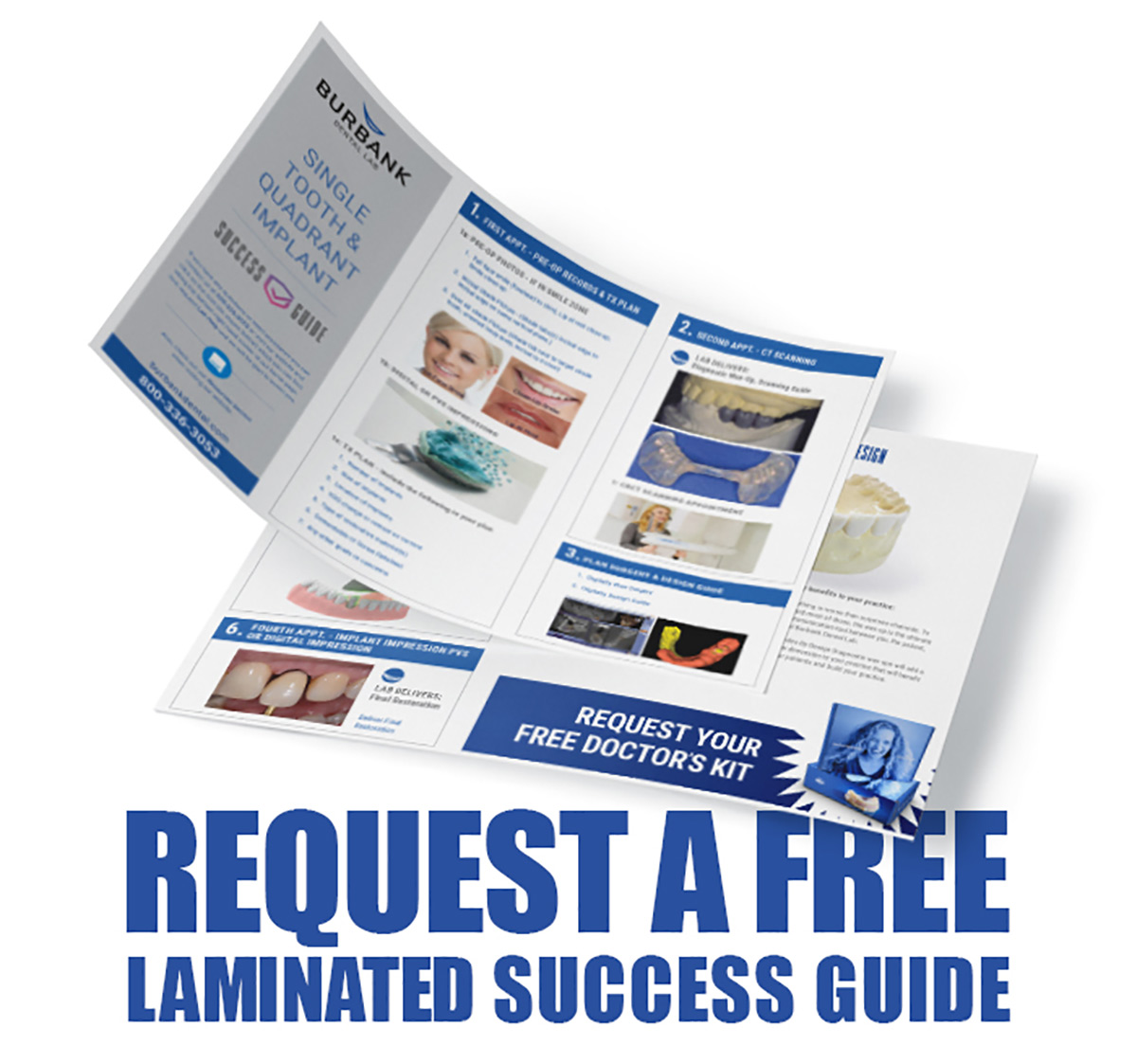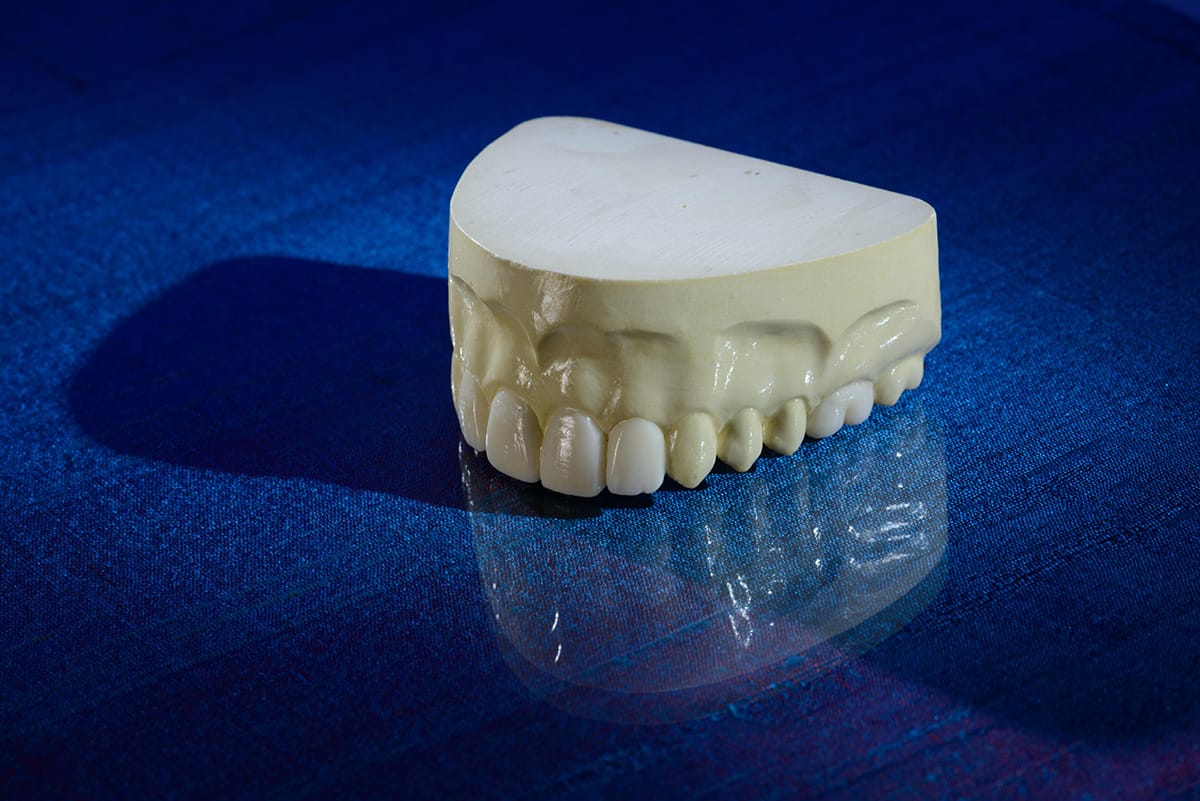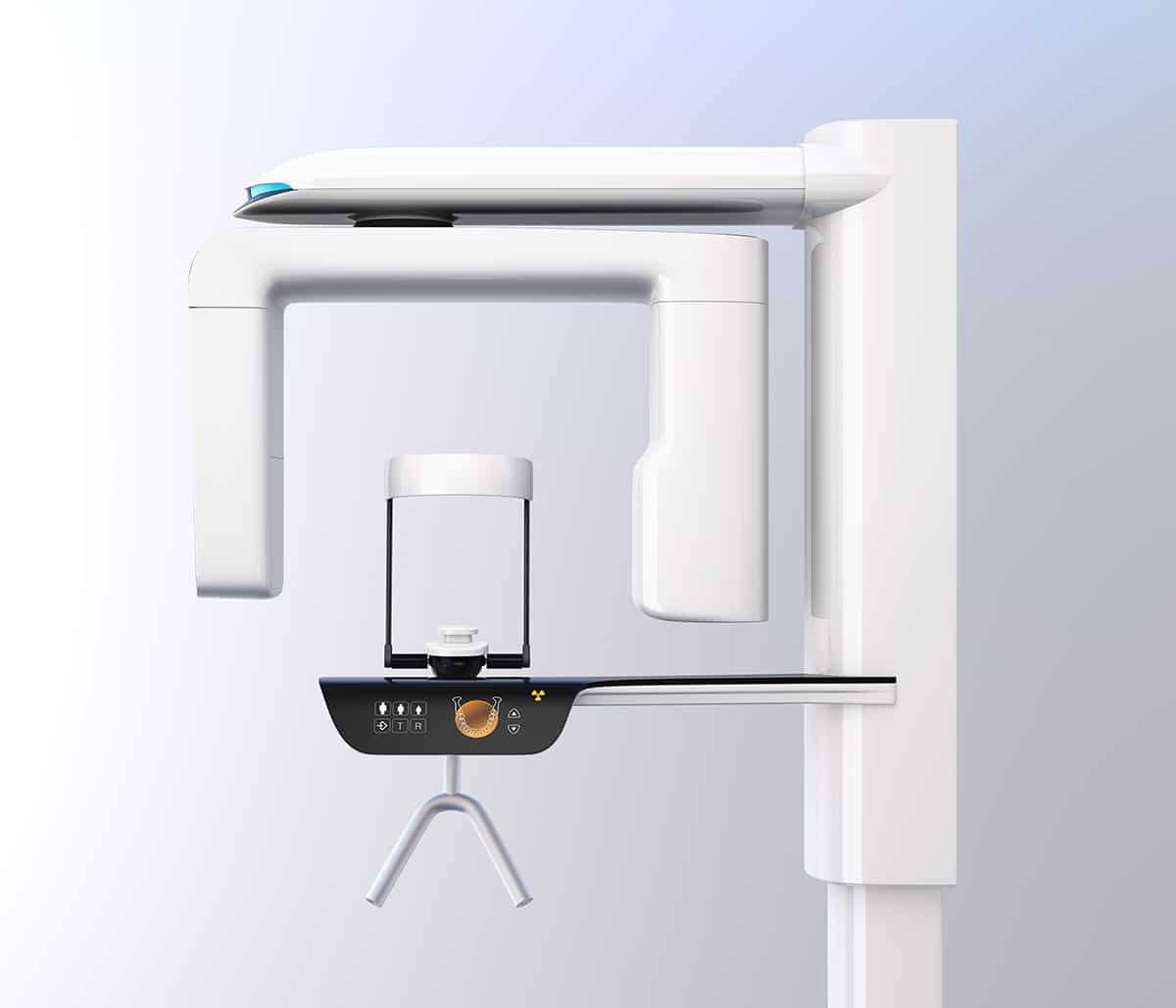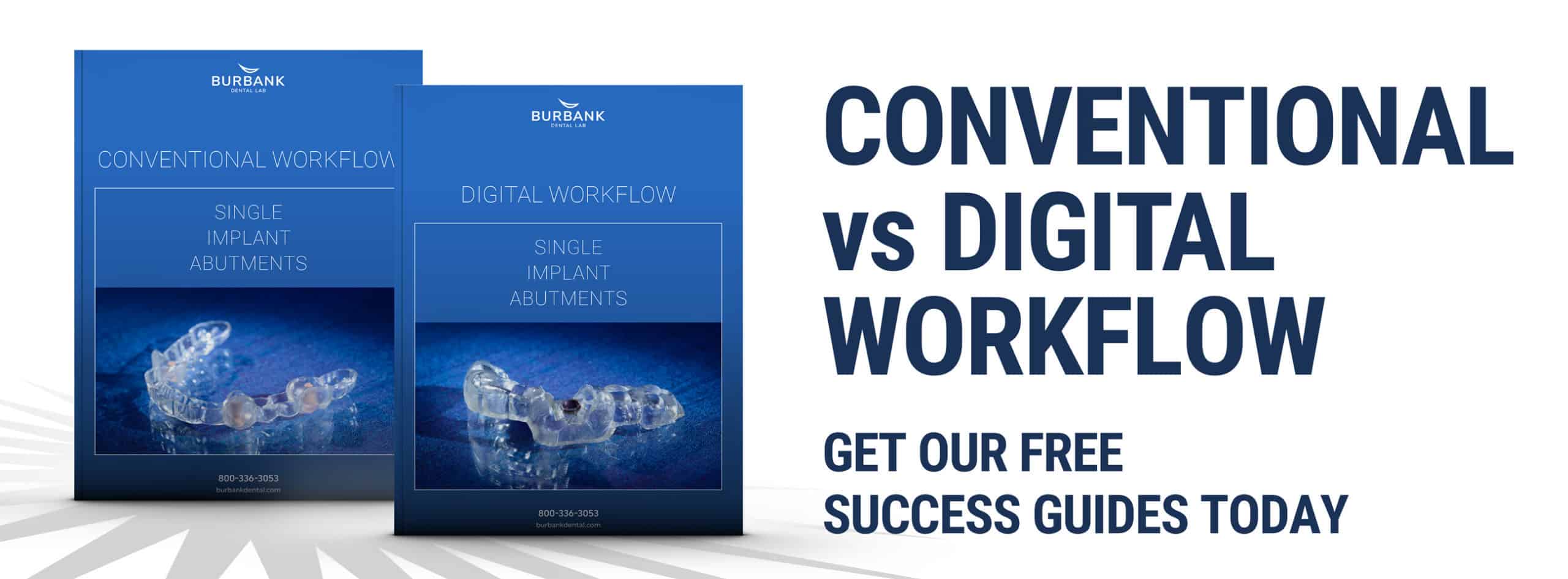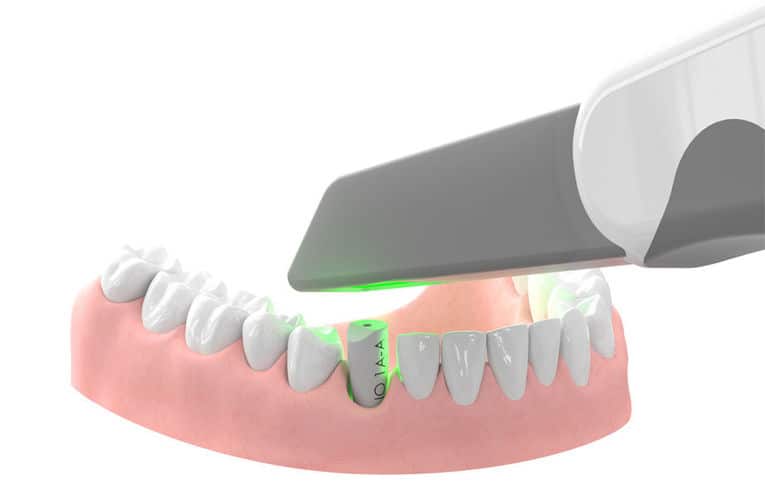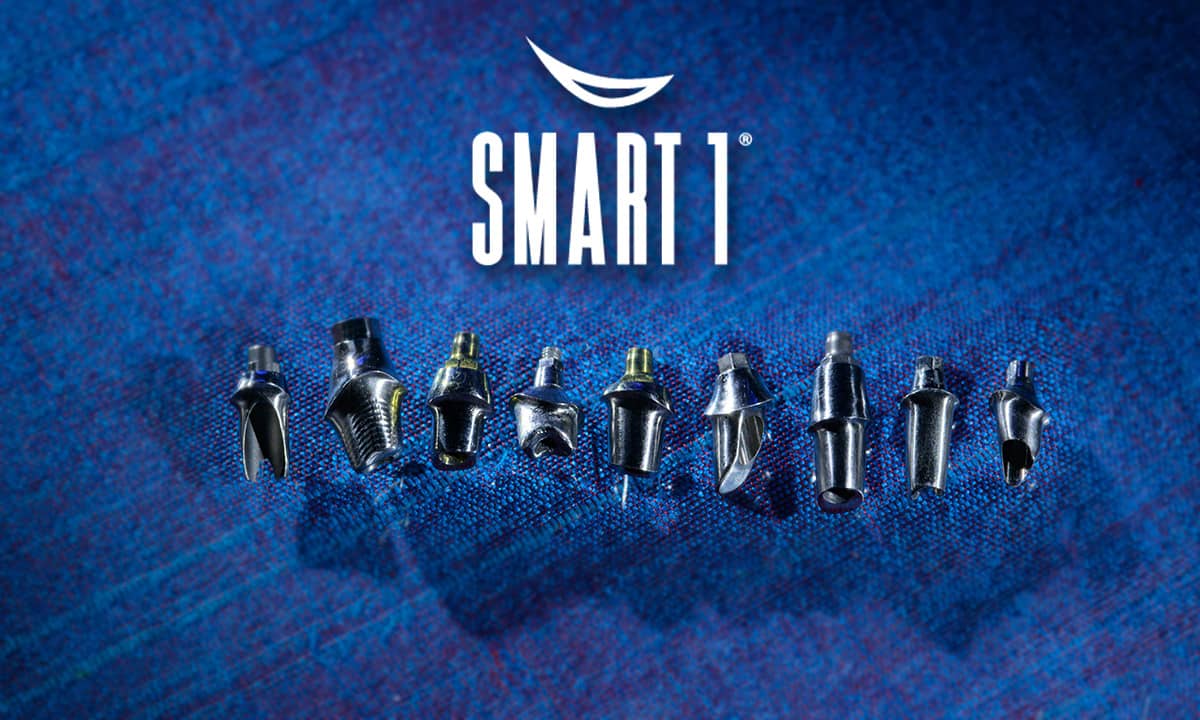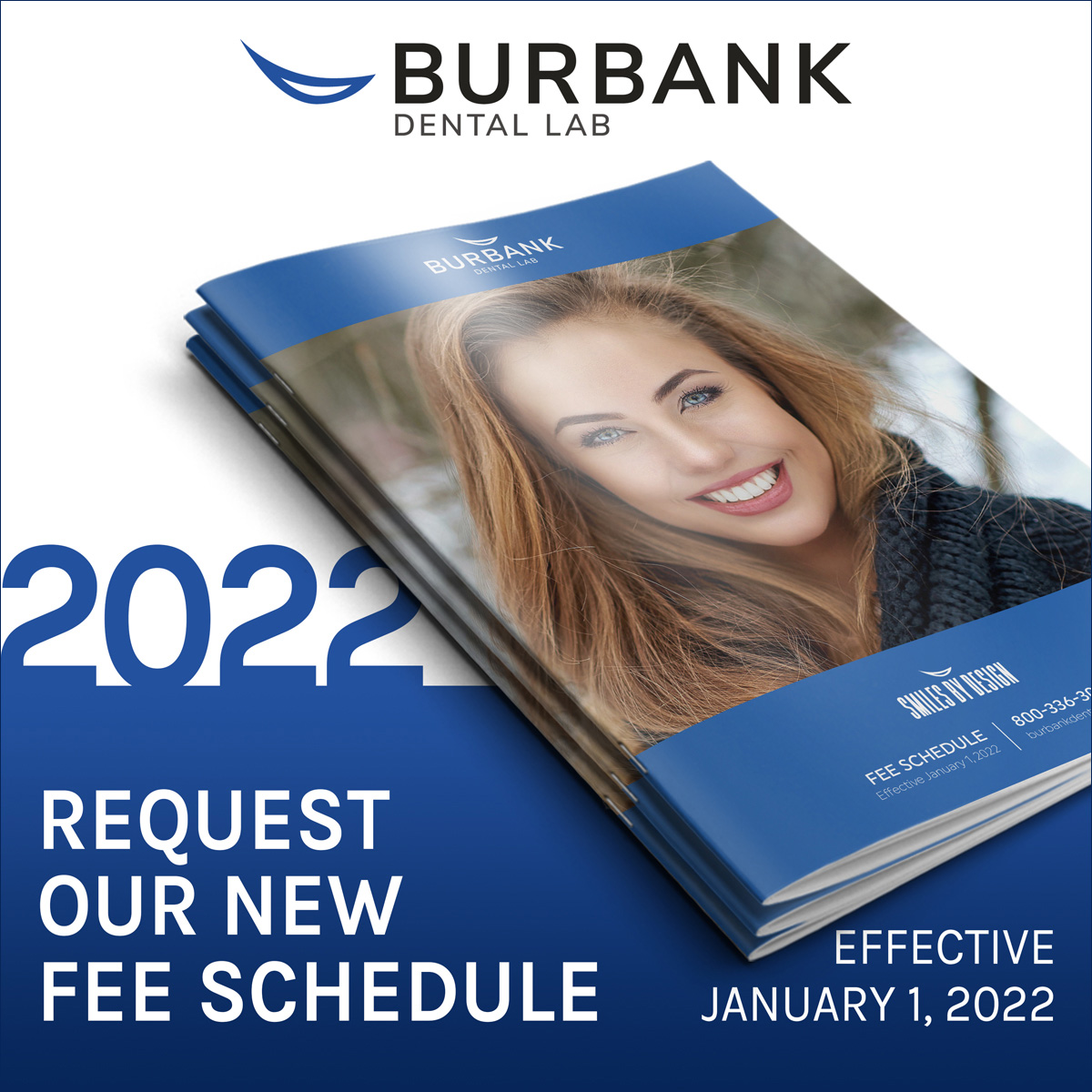Among the diverse array of dental restorative materials, Zirconia has emerged as a forerunner. With its exceptional mechanical properties and aesthetic appeal, Zirconia is a game changer in prosthodontics, effectively […]
Read MoreTeeth Shades: Increasing Predictability
The restoration of a patient’s form and function is extremely important in terms of a successful case. Teeth can often become damaged from trauma, congenital issues, or poor oral health. […]
Read MoreImplant Immediate Load: A Clinical Evaluation
Partial dentures are one of the treatment modalities that are underused in today’s dentistry despite being a good choice for many patients.
Read MoreTreatment Planning for Complex Cases
Complex dental cases require proper treatment planning to ensure a successful outcome. These cases must consider the patient’s concerns and desired result as a starting point and then create a […]
Read MoreOptimized Treatment Planning: A Case Study with E.max Restorations
A case study on the steps to a full mouth rehabilitation with Dr. Isam Estwani and the Smiles By Design team at Burbank Dental Lab.
Read MoreThe Life-Changing Impact of Compassionate Dental Care
Every once in a while, we are lucky tobe part of transformative experiencesthat go beyond basic dental care. Cassondra, a survivor of sex trafficking, endured years of trauma that affected […]
Read MoreThe First American Patriot Dentist – Happy Independence Day
Tony Sedler, President of Burbank Dental Lab says, "I am thankful for our clients who over the years have honored me and Burbank Dental Lab with their business, loyalty, and friendship."
Read MoreRaising The Bar in Restorative Dentistry: The Latest Innovations in Dental Composites
Whether you’re a general dentist seeking the best materials for posterior restorations or a prosthodontist specializing in high-end indirect cases, staying up-to-date on composite advancements is crucial. The materials clinicians […]
Read MoreSorry, no articles were found.
